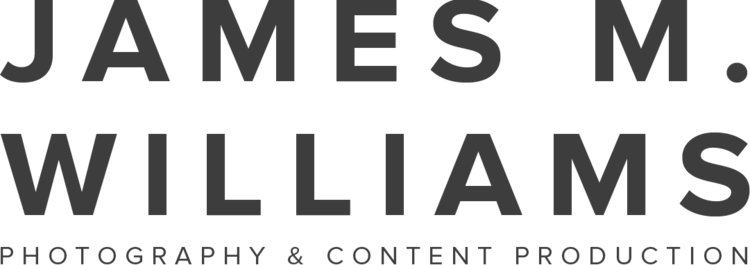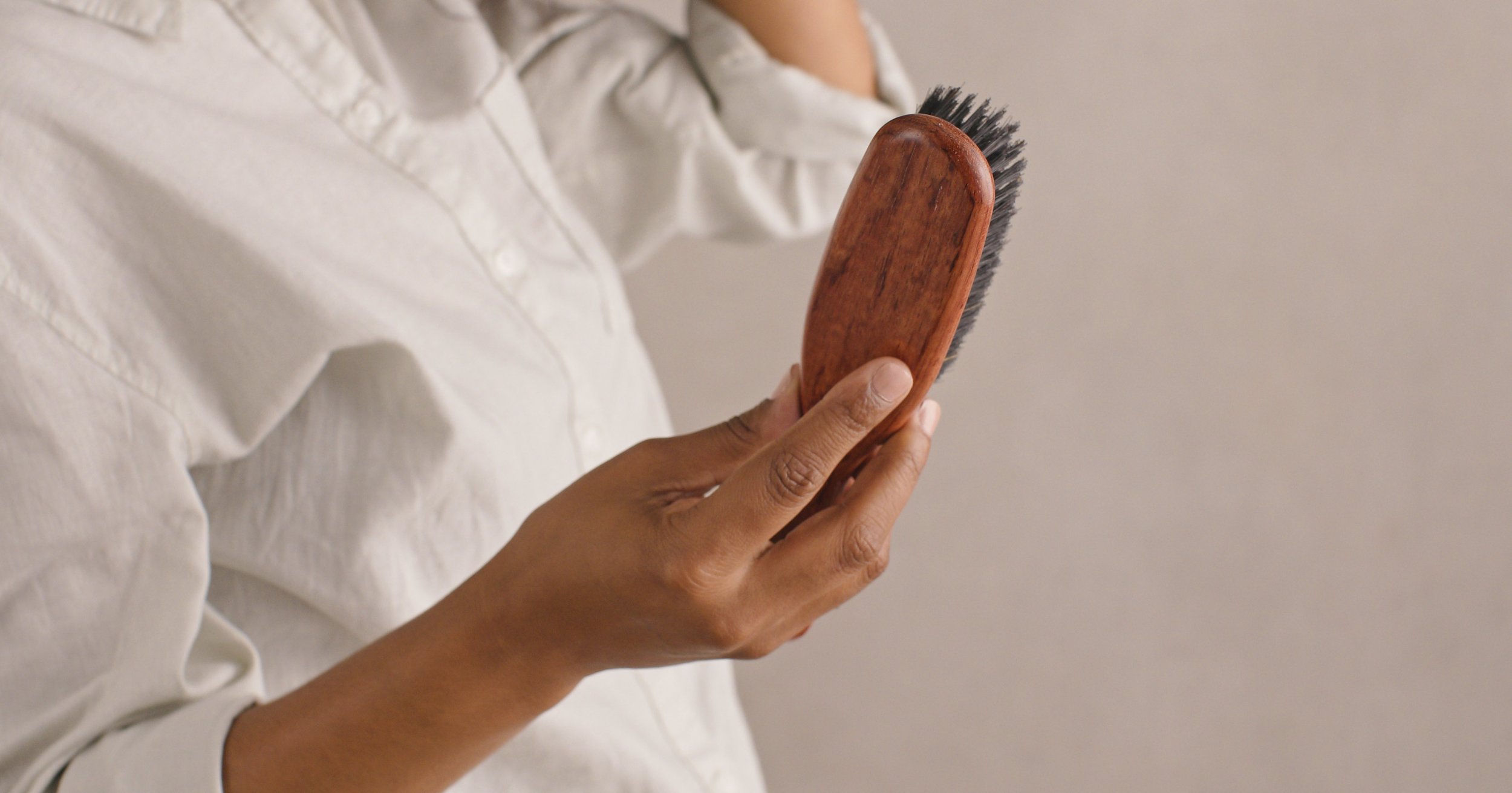Kent Brushes are one of those brands that seem to have always been around, a household name that everybody knows. In fact, they were founded all the way back in 1777 and since then have come to be known as one of the finest hairbrush manufacturers in the world. Not only that, but they’re also one of the oldest British companies trading today and are a holder of a Royal Warrant for supplying the Royal Household for nine consecutive Sovereign reigns. Pretty incredible claims and rightly so.
If you know me, you might tell that my hair doesn’t often see a hairbrush, so my expertise in hairbrush manufacturing quality is very slim to say the least, however on holding and inspecting an object, sometimes you can just tell it is been SO well made that you really don’t need to know your onions in order to tell if something is high quality or not - and high quality these things are with many of them being handmade in Kent’s UK factory by skilled craftsmen using traditional methods.
But I’m sure you’re not here to read about the hairbrushes, as lovely as they are. Local creative agency Thinking Juice got in touch to assist with the production for this new content for their client Kent Brushes. We provided studio hire, lighting hire (continuous and strobe), gaffer, camera hire, video camera op and video post production services (video edit and VFX) . For photography, Thinking Juice commissioned photographer Amy Maidment.
We shot the bulk of this work in our main studio (Pro Studio hire) and the spinning brush VFX for the end sequence in our smaller Studio 2. For the background, Thinking Juice hired a beautiful hand painted Hapaca backdrop which we hung from a large scaffold pole on two windups.
When chatting through the concept and the look, Art Director Luke Bonner asked for a soft, even light source that would be flattering and also easy to work with. The concept consisted of shooting with ‘real people’ for our talent and we also wanted to make the shots felt authentic and natural, without feeling over polished, over lit or over produced. Relaxed subtlety was key. We intentionally excluded the use of a hair light to aid with this look - we wanted to celebrate the beauty and realness of our subjects without it feeling too forced or contrived.
The lighting concept and diagram was designed in Set.A.Light 3D, a piece of a software I absolutely love using when quickly trying to test and prove a lighting concept and experiment with different methods of lighting a scene. It also allows the client and other members of the crew to quickly understand what we’re trying to achieve and approve the look before even deploying a single light, saving valuable time on the shoot day. A few modifications were made to the set up which meant it differed slightly from the original proposed plan, but it was an excellent starting point which got us up and running quickly.
Our key light (right) was a book light constructed of a two polyboards as our bounce and a 8x8 Avenger Modular Butterfly Frame as our diffusion. For fill (left) I used a similar set up but much smaller with a large trace frame and one polyboard. Using two book lights gave us not only a beautiful soft light over a fairly large area, it also meant we could swap between strobe and continuous light in a matter of seconds, with both continuous and strobe fixtures being placed next to each other. Using the book light as our light modifier meant we could achieve a consistent look for both strobe and continuous without the need to swap heads around or spend a long time switching between stills and video. We decided to use strobe as it meant Amy (Photographer) could keep her ISO low, stop down to around f5.6 and freeze the action of the models interacting with product.
Excuse the very crude and rough nature of the BTS video, but it hopefully shows a little bit of how we set up our lighting! Also, please forgive me for the portrait video, I captured these little clips for IG Stories and forgot to get any landscape videos. Doh!
For continuous the Key light was two Aputure 600D Pro, both with F10 Fresnel. On the left was a Aputure 300D with 2x Fresnel. For strobe we used one Godox AD600 for our key and a AD400 for our fill. Keeping our set up simple like this meant not only we could achieve a soft, even, natural look but it also meant we could work fast switching between stills and video. It also made it possible to shoot with lots of different talent in a short space of time without much need to modify our lighting.
Video was shot on the Canon C200 with Canon CN-E 50mm T1.5 and was recorded in Cinema Raw Light 60p 10bit. All of the frames in this blog post are screen captures from the video footage. Colour grade and edit was completed in Davinci Resolve 16.
As many of us know, working with ‘real’ talent can present many challenges and uncertainties. When defining talent as ‘real’, I mean to say that (with exception of two models) practically everyone in this shoot was either a friend, colleague or family member of one of the crew. They weren’t professional models - now that’s not to say professional models aren’t ‘real’, but we just use that term to differentiate between the two. I thought best to clarify that because I personally don’t like the term ‘real’ when talking about professional vs non-professional models, we’re all ‘real’ people after all. But, it’s important to state that almost all of the people in this shoot had never modelled before.
As mentioned, it can present a number of unknown challenges when working with people who haven’t been in front of the camera before. If you’re not used to taking direction and being filmed, it can be extremely daunting, it’s very easy for even the most confident person to become self conscious and worry about how they appear on screen, naturally so. I’ve worked with many, many people over the years who are not used to being shot and I can honestly say this was the best bunch, everyone worked so well onscreen and really smashed it. Hats off everyone who made an appearance and also credit to everyone in the crew who helped make everyone feel as comfortable, confident as possible and made the production a real laugh!
Scroll below to check out a few more screen grabs and watch the Mens and Womens films.
For the ending sequence of each of the films, we were required to create a 360 degree spinning clips against the Kent Brushes Red brand colour. This was no mean feat as there were a number of challenges to shooting 360 degree shots these hairbrushes.
Firstly, If we decided to photograph the rotations, we would need 72 shots at 5 degree incremental rotations, with 7 products to shoot this would amount to 504 individual images that would need to be manually clipped out from their background. Of course, we could have outsourced the clipping, however this would have beyond out allowed budget and I worried about the ability to clip out the fine details of the bristles. And even then, 72 images wouldn’t create us the ultra smooth rotation we wanted.
Instead, I carried out a series of tests, filming the brushes against green screen in 8K on the Canon EOS R5 in Cinema Raw Light. Shooting at this resolution and quality meant it was possible to fairly easily key out the green from between the bristles without losing too much detail and definition. After a few tests and experiments it proved to be a success and we decided to go down the green screen capture route.
This only left the small issue figuring out how to keep these brushes perfectly upright on my turntable without it moving or toppling over while they turned throughout their 360 rotation. Luckily, I have a good friend who is a precision engineer at a major global manufacturing company, together (it was mostly my friend, to be fair) we came up with the idea of using a weight with a tiny threaded metal support section. Each of the brushes would be precision drilled into the handle with a thread, so they could in-turn be threaded on the metal support.
The 8K Cinema Raw Footage from the R5 was then keyed out in Davinci Resolve and imported to After Effects, where it was time remapped with keyframes to make it spin in the desired speed. With 30fps it meant the clip could be sped up and then slowed right down, modulating the speed through the clip to make it feel much more dynamic and interesting. Forced motion blur was then added to match a 180 degree shutter angle to prevent the clip feeling to digital and artificial when the product rotated at speed. Check out the results below.
Thanks for reading my behind the scenes / breakdown of our shoot for Kent Brushes, I hope it was interesting or insightful. If it was, please do let me know in the comments below.
Thanks again to the whole team at Thinking Juice and Kent Brushes for getting me involved with this production.
Agency: Thinking Juice
Client: Kent Brushes
Art Director: Luke Bonner
Photographer: Amy Maidment
HMU: Jodie Hyams
Producer: Beth Griffiths
Lighting / Gaffer / Camera Op: James Williams
Studio: Pro Studio Hire, Bournemouth.
Post Production: James Williams


























